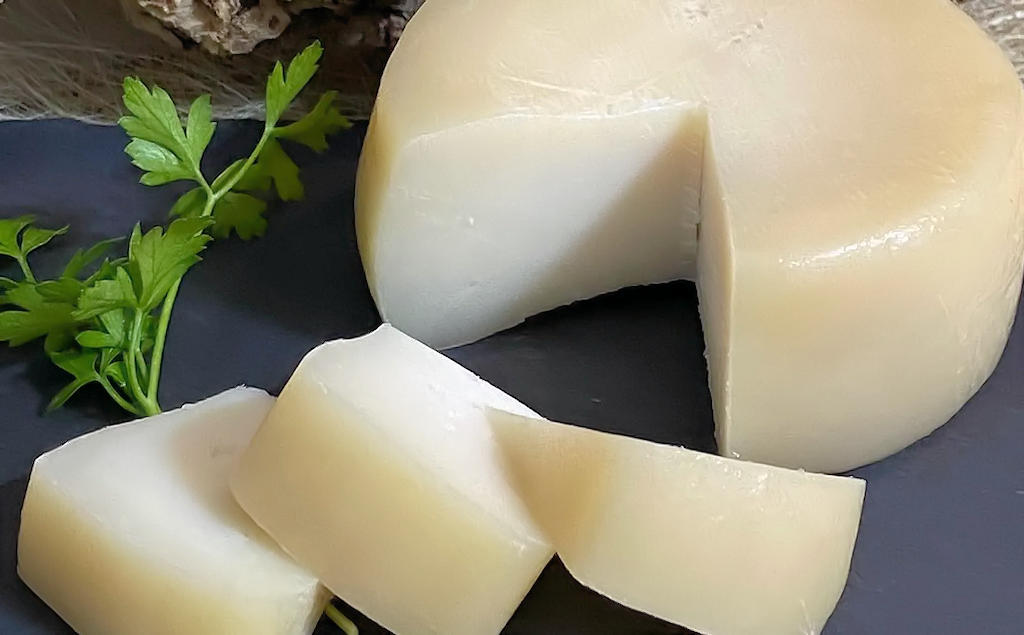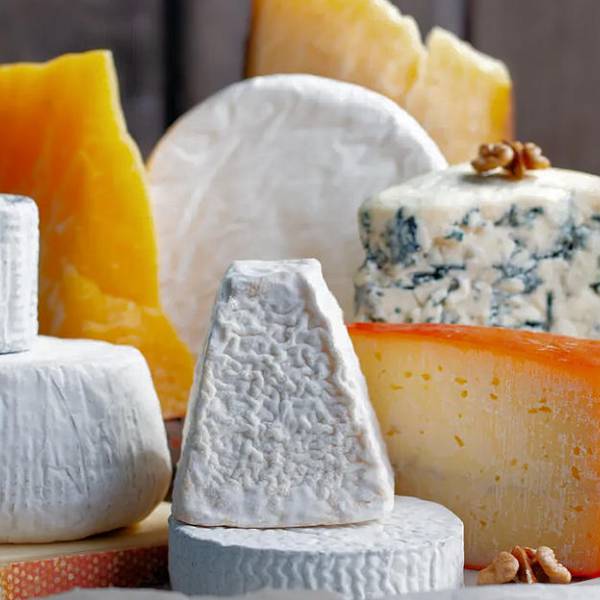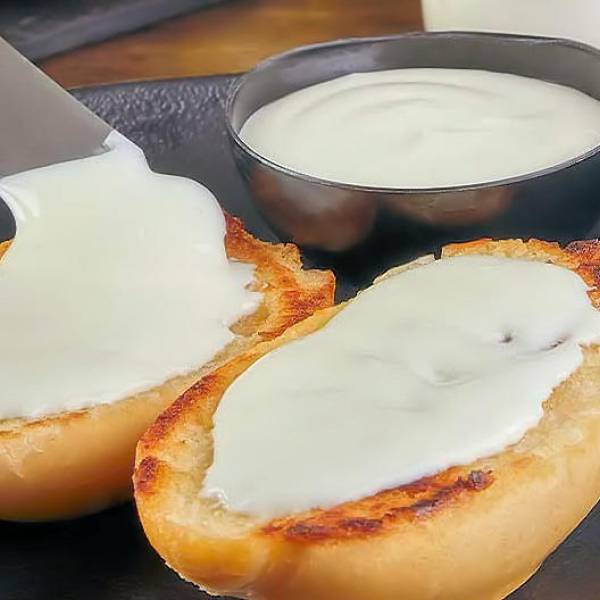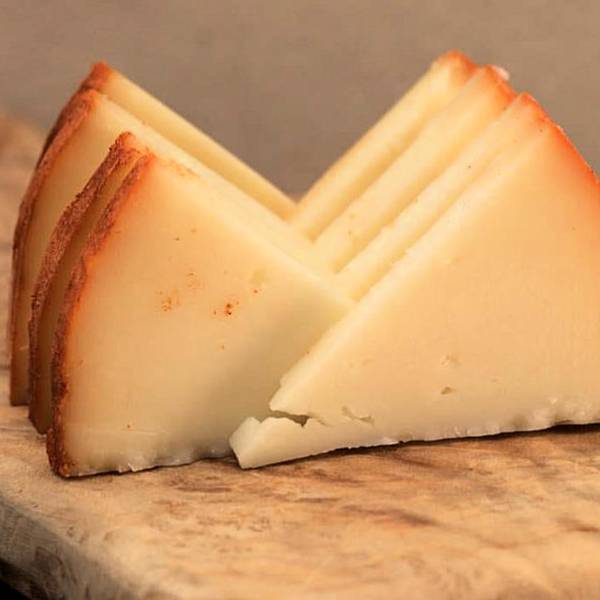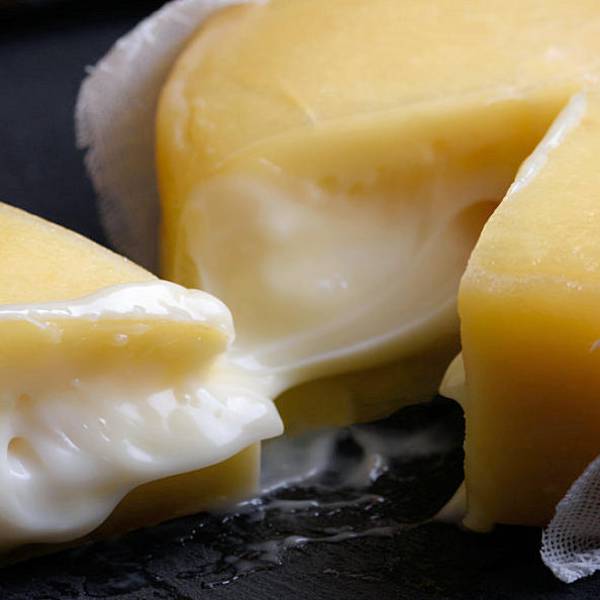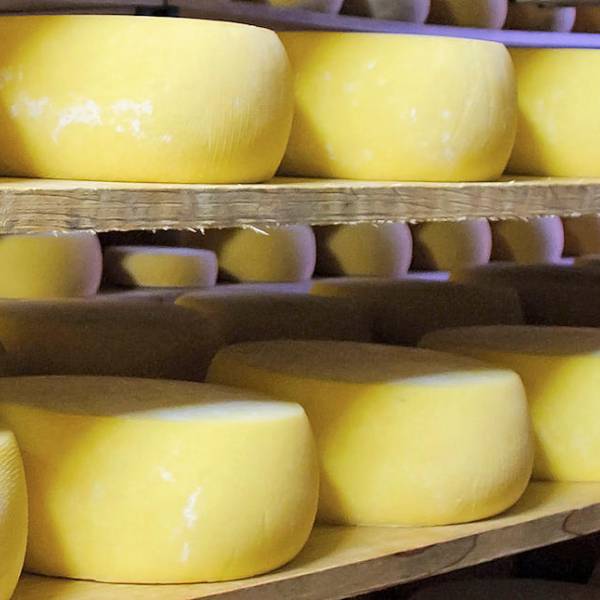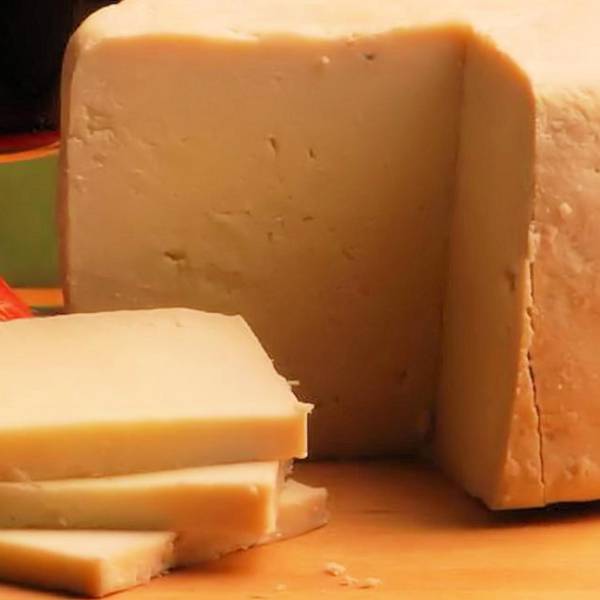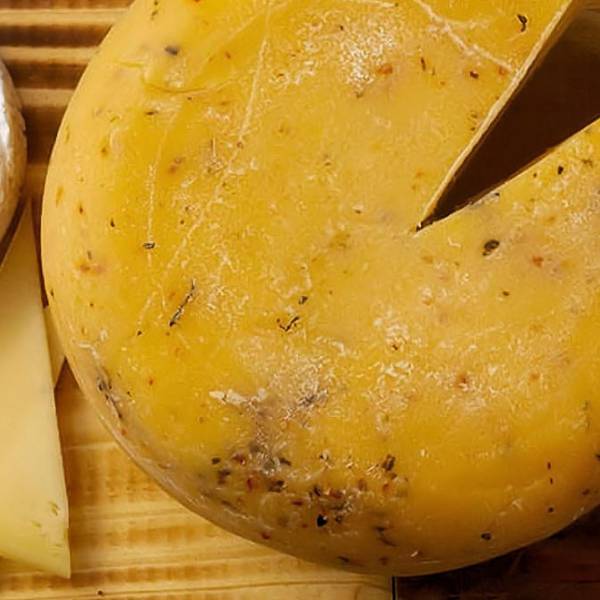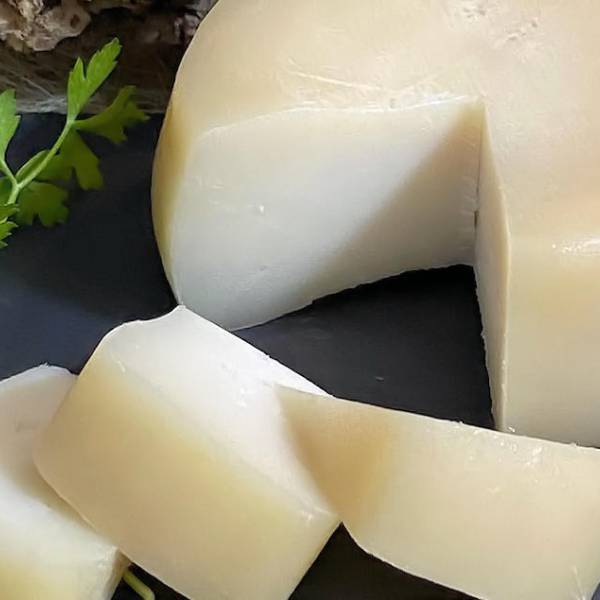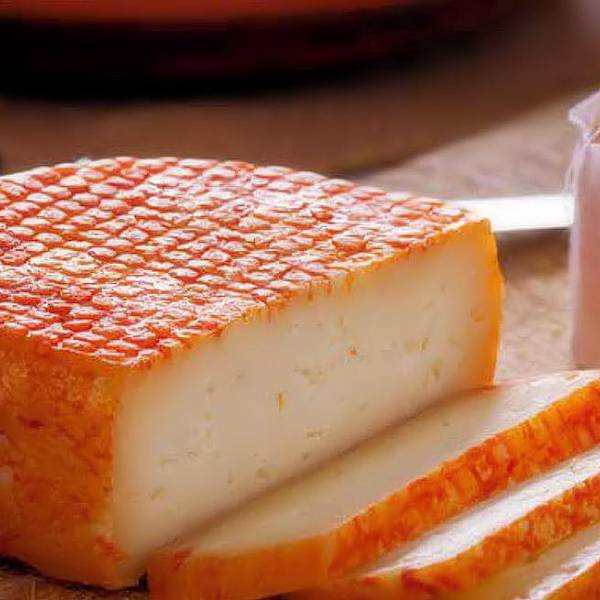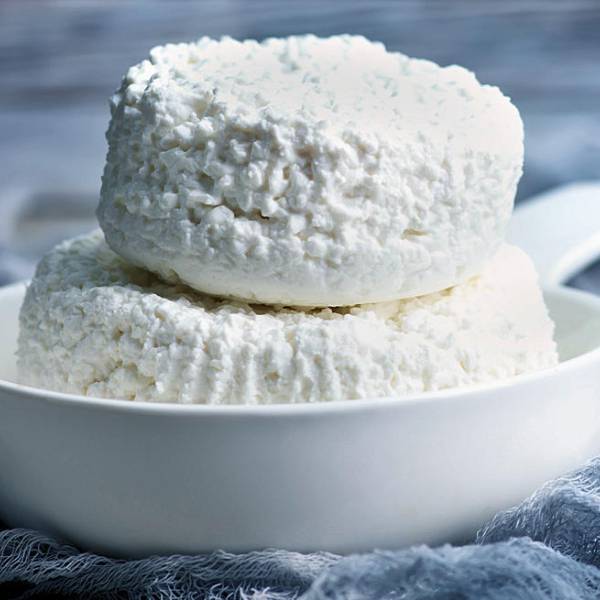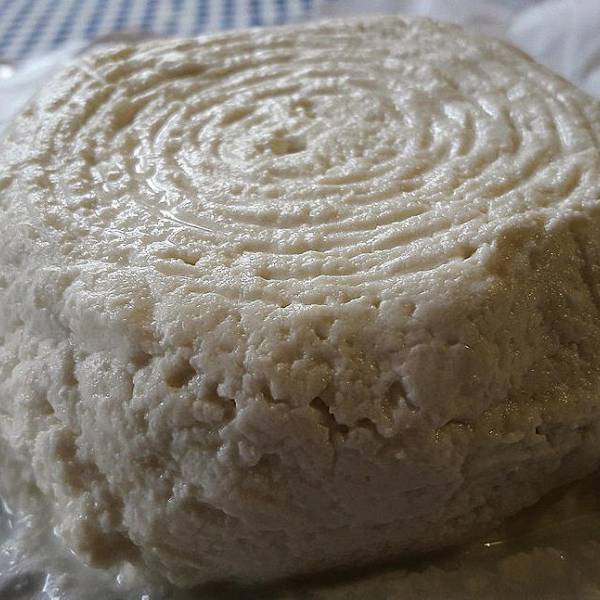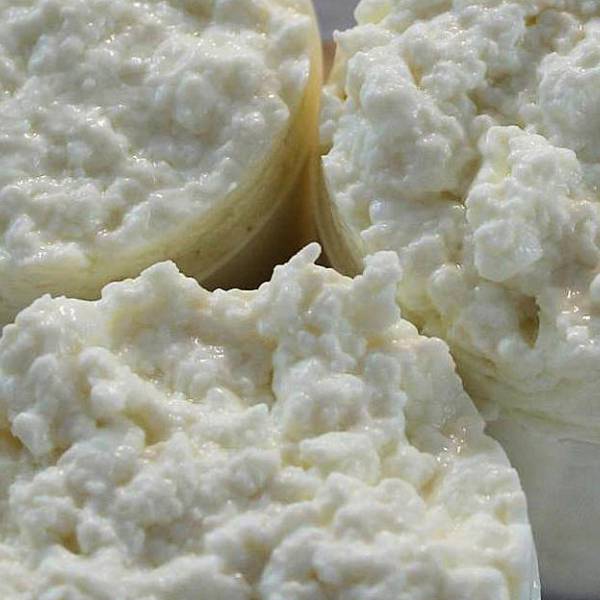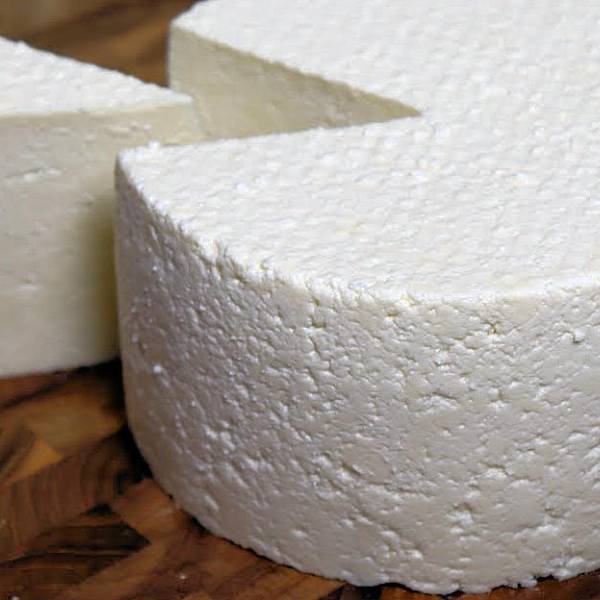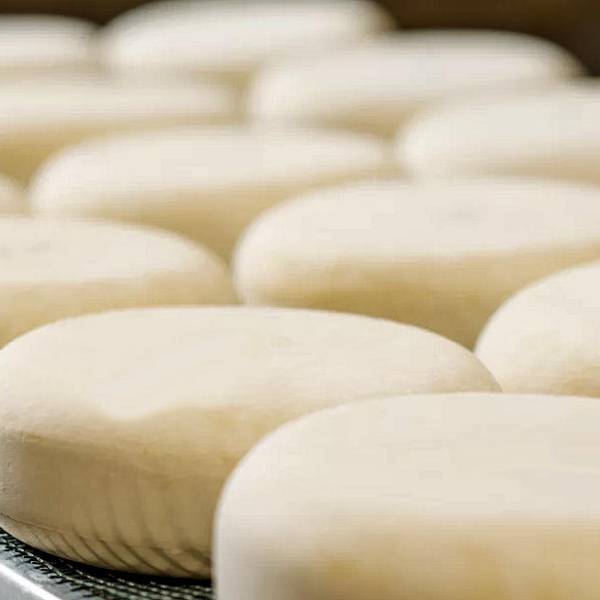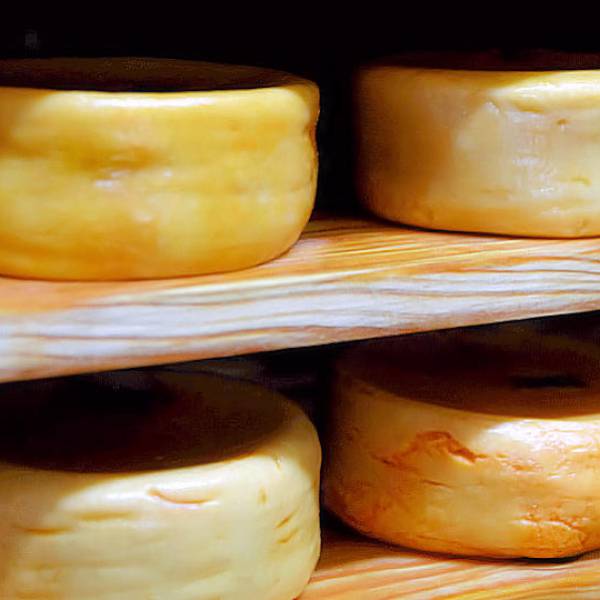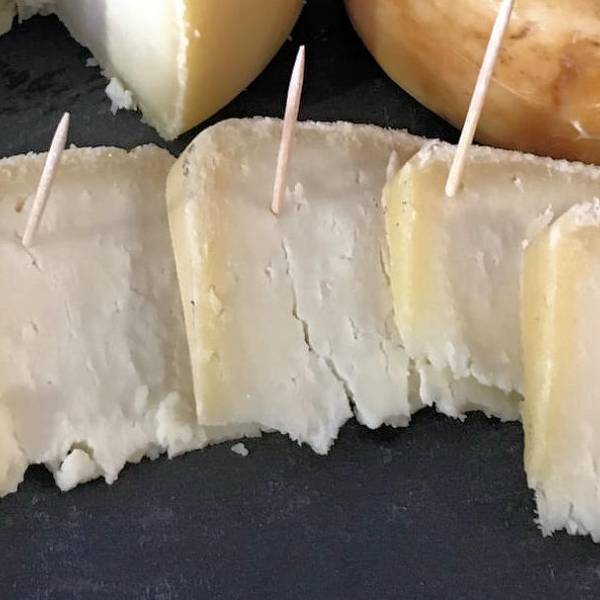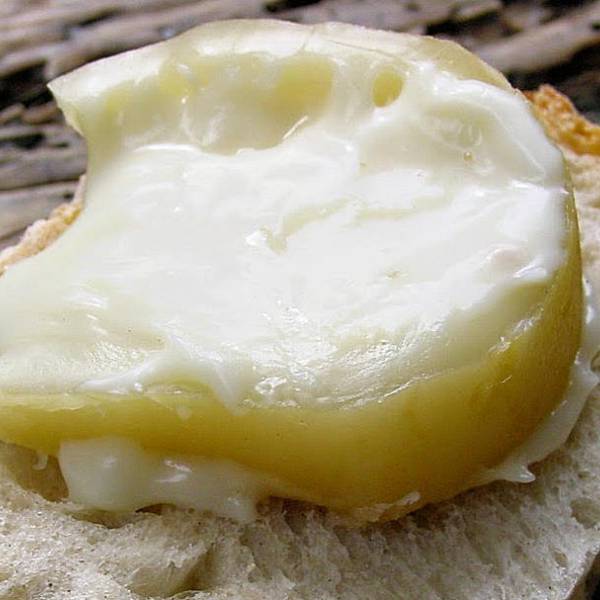Queijo Rabaçal delights the palate with its smooth and nuanced flavor, which harmoniously reflects the distinctive characteristics of the regional flora. This versatile cheese can be enjoyed as an appetizer, a dessert, or even as a light meal. It pairs exquisitely with a variety of accompaniments, such as bread, honey, jams, nuts, or wine. Furthermore, it is a cherished ingredient in traditional dishes like Migas - an enticing combination of bread crumbs, garlic, olive oil, and cheese - or Açorda à Alentejanao - a delectable soup made with bread, garlic, olive oil, water, eggs, and cheese.
The history of Queijo Rabaçal dates back to the 12th century when Cistercian monks settled in the region and established the Monastery of Santa Maria de Rabaçal. These monks brought with them a wealth of knowledge and techniques in cheese-making, harnessing the milk produced by their sheep and goats. The cheese they produced was generously shared with pilgrims visiting the monastery or sold in local markets.
Nobility and clergy alike developed a deep appreciation for this cheese, considering it a true delicacy. In the 16th century, King Manuel I of Portugal granted the village of Rabaçal a charter, permitting the annual fair where cheese was one of the main products traded. Throughout the 18th century, travelers and writers alike lavished praise upon Queijo Rabaçal, commending its exceptional quality and taste.
Traditionally, cheese production in the region was a skill passed down through generations of women, who inherited their expertise from mothers and grandmothers. Whether made at home or within small workshops, the cheese was painstakingly crafted using artisanal methods and tools. Each wheel of cheese bore a unique wooden stamp, distinguishing the producer and affirming its origin.
Lisbon.vip Recommends
Presently, Queijo Rabaçal continues to be produced in multiple municipalities within the Beira Litoral province, located approximately 200 km north of Lisbon. Alongside Rabaçal, its production extends to various villages within the Penela municipality, as well as select villages in Condeixa-a-Nova, Soure, Alvaiázere, Ansião, and Pombal municipalities. The production system comprises 11 farms that supply milk and four certified cheese factories, as of 2020.
Statistics from 2019 indicate that approximately 11,612 kg of Queijo Rabaçal DOP were produced that year, representing the eleventh highest production volume of DOP cheeses in Portugal, accounting for roughly 0.6% of the national production.
Queijo Rabaçal transcends its role as a mere cheese - it is a symbol of the region's culture and tradition, shaped by its natural resources, historical events, and its resilient people. Every wheel of cheese tells a story that spans centuries, encapsulating the knowledge and skills passed down through generations. It is a testament to the diversity and opulence of Portuguese gastronomy, celebrating the rich tapestry of flavors that define the nation's culinary heritage.


